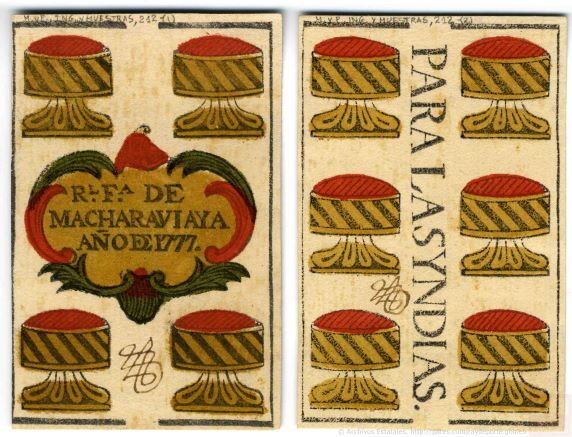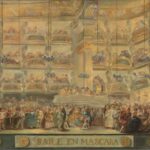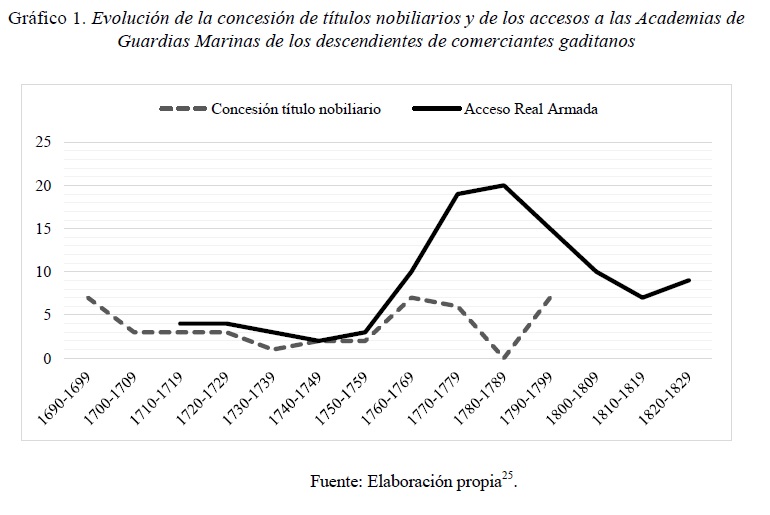
The image represents the celebration of a masked ball, probably the masked ball held in 1767 at the Teatro del Príncipe in Madrid. In the boxes, a large audience is watching the spectacle of the crowd dancing in the stalls. The feeling of nocturnal festivity and the energy of the mass of people can also be perceived, as these celebrations were awaited with great joy by the population. We know that from the 15th century onwards a variety of entertainment activities, such as court ballet and theatrical performances, were held at royal and stately courts, to which were added new events such as balls and parties known as “saraos”, where knights and ladies danced. However, for the popular classes during the Ancien Régime, the carnival became the most desired festivity, which went hand in hand with other activities held in public squares such as games, competitions, theatres and dances, among others. What was most novel was the curious relationship that was established between the dances and the carnival, giving rise to the masked balls. These celebrations were banned on successive occasions by monarchs such as Philip V, in order to curb disorder and the violence inherent to carnival. In 1767, his son, Charles III, granted permission to hold masked balls, provided that they were held in enclosed premises and complied with a series of strict behavioural measures. As Clara Bejarano Pellicer (2009) explains, the masked ball was nothing more than a proposal for celebrating carnival, alien to Spanish and popular customs, which had a strong courtly influence. For the development of these, in the aforementioned year of 1767 the Instrucción para la concurrencia de bailes de mascara en el carnaval was published in Madrid, where the celebration of these festivities was regulated, with an evident aim of reforming the most irrational customs typical of carnival and popular culture, in order to propose a more refined, literate culture. It should be noted that while the carnival was a festival in which all social classes took an active part, with the plebs playing a leading role, the masked ball implied a privatisation of the festival, as not everyone could attend, as they had to pay an entrance fee, which limited access only to the middle and upper strata of society, thus avoiding the presence of the lower classes. These spaces became spaces for enjoyment, but also for socialising and exhibition.
Collection: Images
Project: 11. Science and culture as representation in Europe.
Chronology: XVIII
Scope: Secondary Education, Baccalaureate, University
Resource type: Image
Format: Oil on panel, 40 cm x 51 cm
Source: Museo Nacional del Prado
Language: Spanish
Date: 1767
Owner: María del Mar Felices de la Fuente (Modernalia)
Identifier: P002875
Copyright: Museo Nacional del Prado
Abstract: Representation of a masked ball held, probably, at the Teatro del Príncipe in Madrid, painted by Luis Paret and Alcázar around 1767.
Image
Tags








